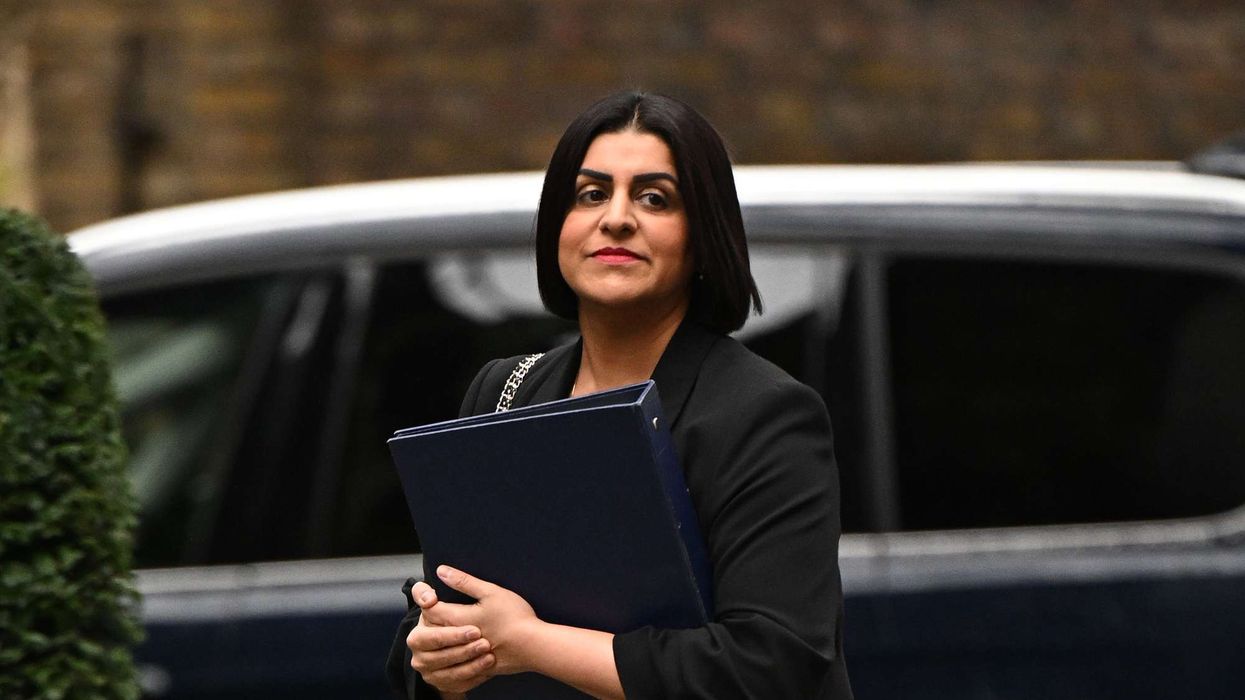Highlights:
- Steven Spielberg described Amrish Puri as his all-time favourite villain.
- The Hollywood director was amazed the actor was shooting 22 films at once.
- Puri refused to audition and still bagged the role of Mola Ram in Indiana Jones and the Temple of Doom.
- Spielberg even flew to India to meet and cast him personally.
Amrish Puri’s legacy as Indian cinema’s ultimate antagonist has been celebrated for decades, but few know that Steven Spielberg once called him his favourite villain. The Indiana Jones director, impressed by Puri’s performance as Mola Ram, praised him as “the best the world has ever produced.” The Hollywood giant was so determined to cast him that he travelled to India, a rare move for the filmmaker, to secure the actor despite Puri’s initial reluctance.
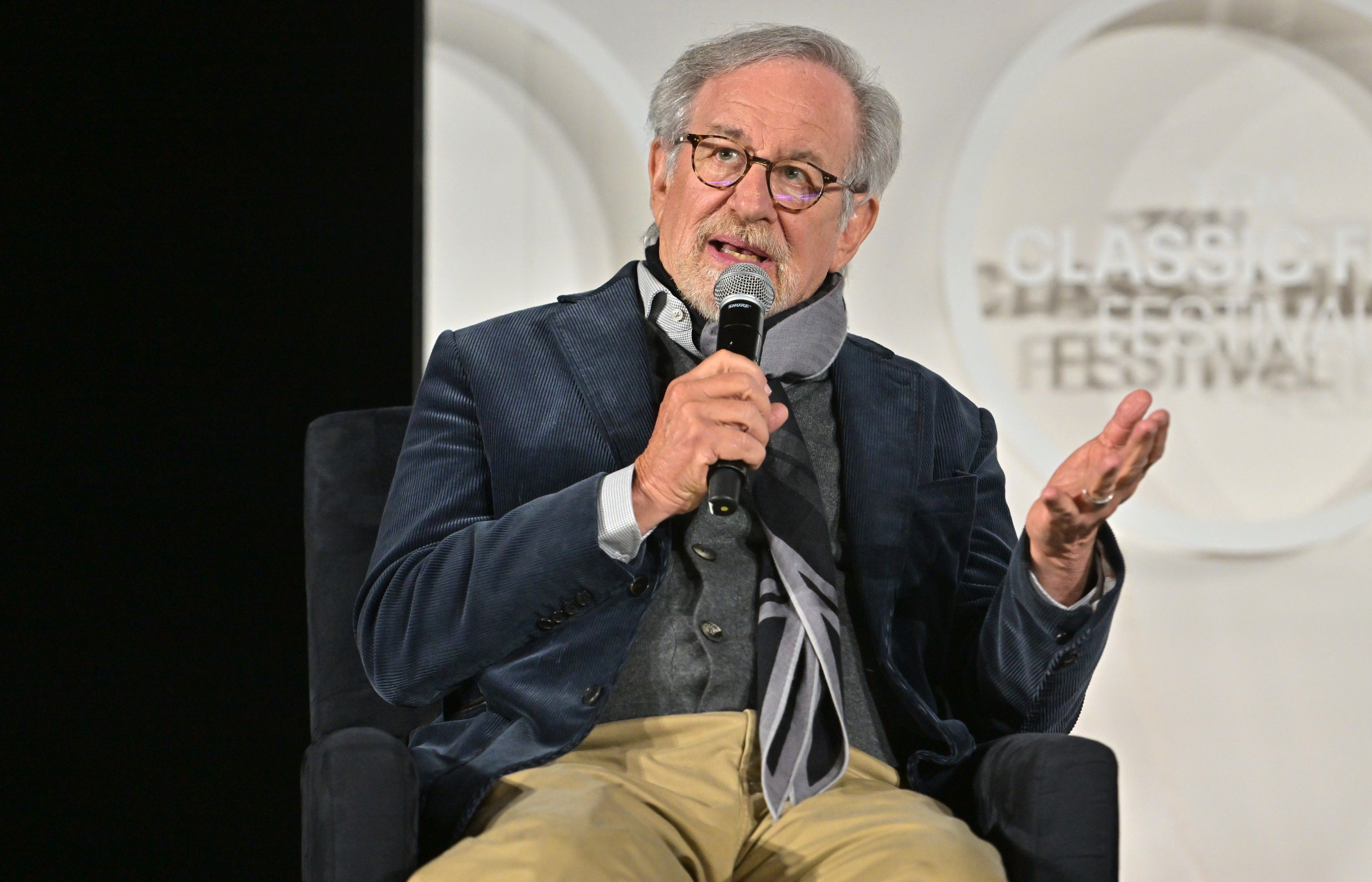
Why did Steven Spielberg call Amrish Puri his favourite villain?
Spielberg’s admiration came after working with Puri on the 1984 blockbuster Indiana Jones and the Temple of Doom. Puri played the terrifying cult leader Mola Ram, whose chilling presence left a lasting mark on global audiences. Years later, Spielberg revealed that Puri was his favourite screen villain, declaring, “the best the world has ever produced and ever will.”
To Western audiences, the choice may seem unusual compared to Hollywood regulars like Gary Oldman, Alan Rickman or Christoph Waltz. But Spielberg was struck by Puri’s powerful voice, dominating screen presence, and the way he embodied menace with authenticity.
How did Amrish Puri land the role of Mola Ram?
Initially, Puri declined Spielberg’s offer. Casting director Dolly Thakore had sent photos from his horror film Gehrayee, which caught Spielberg’s attention, but the actor refused to audition in the traditional way. Instead, he asked the casting team to watch him perform live on the set of a Hindi film. He also declined to read dialogue in English, insisting that his acting spoke for itself.
Spielberg respected the conviction. Despite the unconventional process, he was convinced Puri was perfect for the role. The director was also fascinated to learn the actor was simultaneously shooting 22 films across India and Sri Lanka.
- YouTube youtu.be
Why did Spielberg come to India to cast Amrish Puri?
It was Puri’s packed schedule that prompted Spielberg to do something highly unusual: travel to India himself. According to Puri’s son, Rajeev, it was the only time Spielberg flew to the country to meet and sign an actor.
Producer Robert Watts recalled the challenges: “The Indian film industry operates in a manner that would drive me stark raving mad. The actors work two or three shifts a day on multiple films. He had to juggle around all his Indian commitments to do this movie. It wasn’t easy.”
Despite the chaos, Spielberg was determined. He admired Puri’s dedication and even asked him to keep his bald look for Temple of Doom, which went on to become iconic.
What was their relationship like after the film?
Puri’s portrayal of Mola Ram drew both acclaim and controversy, especially in India, where the film’s depiction of violent cults was criticised. Yet Puri himself described working with Spielberg as a “chance of a lifetime.” He praised the professionalism of the Hollywood crew and said he never regretted taking the role.
Spielberg, in turn, wrote Puri a heartfelt handwritten note at the end of filming: “To my best villain, you are unique in all the world as a bad guy, and in the real world we live in. You are a terrific human being. I loved every minute of our work together.”
Although Hollywood offered him further roles, Puri chose to return to Hindi cinema, where he went on to deliver more legendary villainous performances.
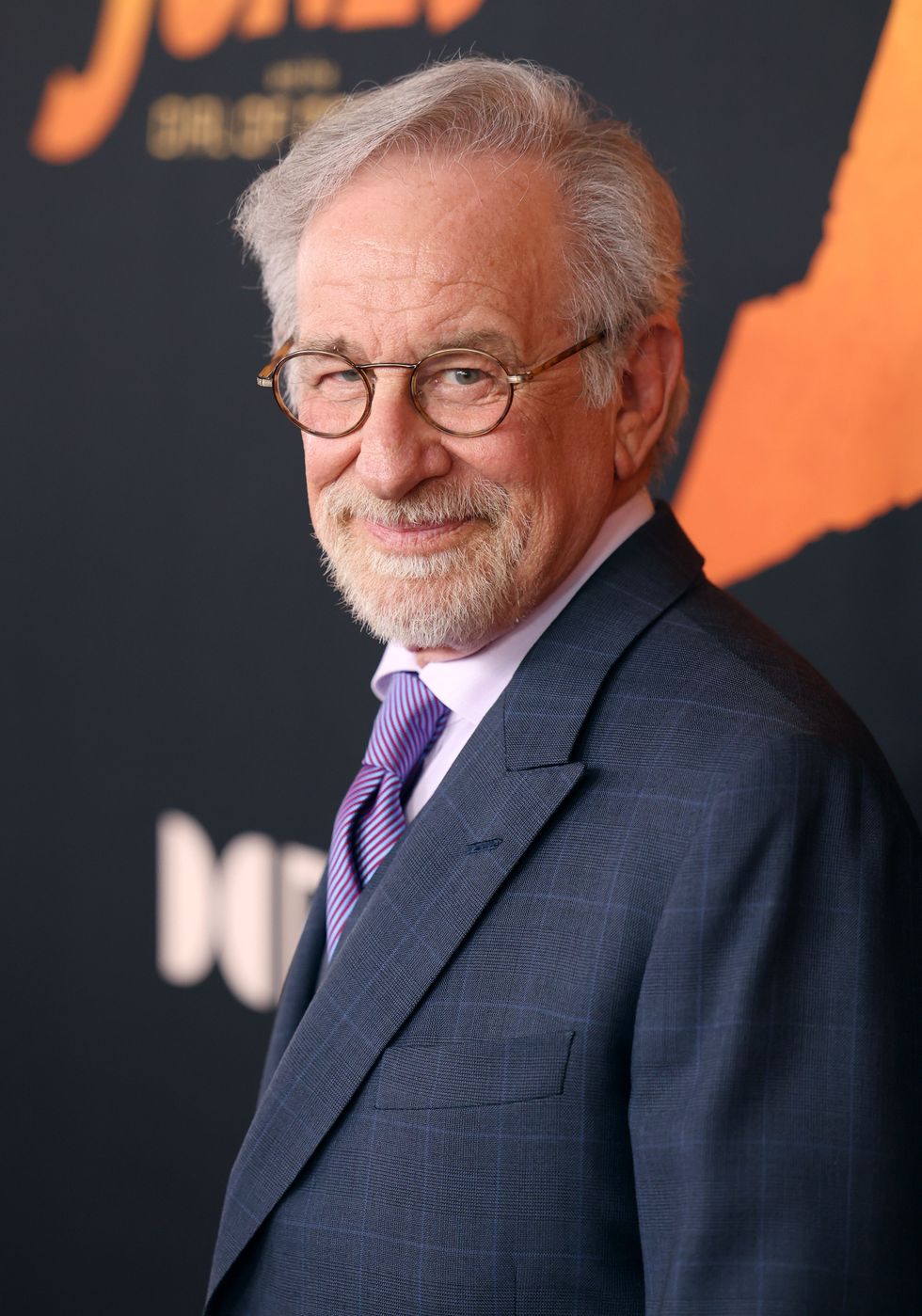
Why is Amrish Puri still remembered as the ultimate villain?
In India, Puri’s name remains synonymous with larger-than-life antagonists, from Mr. India’s Mogambo to his stern father roles in films like Dilwale Dulhania Le Jayenge. Internationally, however, it is his performance in Indiana Jones and the Temple of Doom that cemented his place in global cinema history.
Spielberg’s tribute stands as the ultimate recognition: an American director who had worked with some of the finest actors in the world chose an Indian performer as his greatest villain. Two decades after his passing in 2005, Puri’s reputation as cinema’s most unforgettable bad guy lives on.
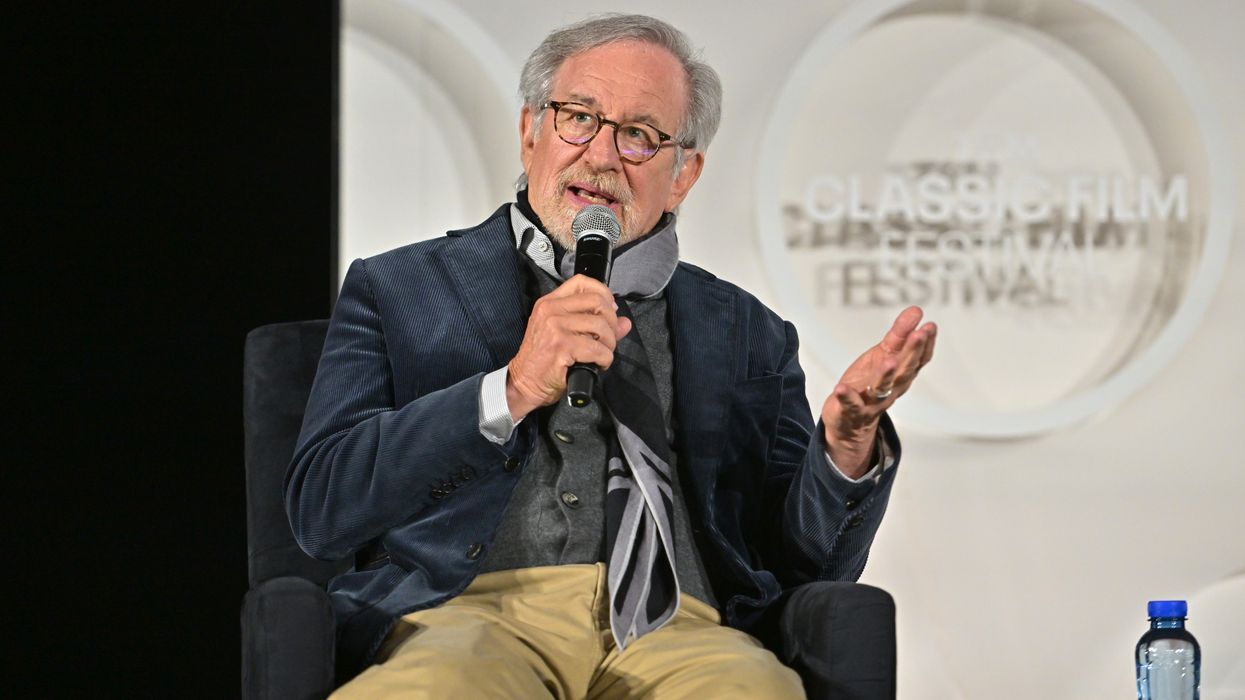

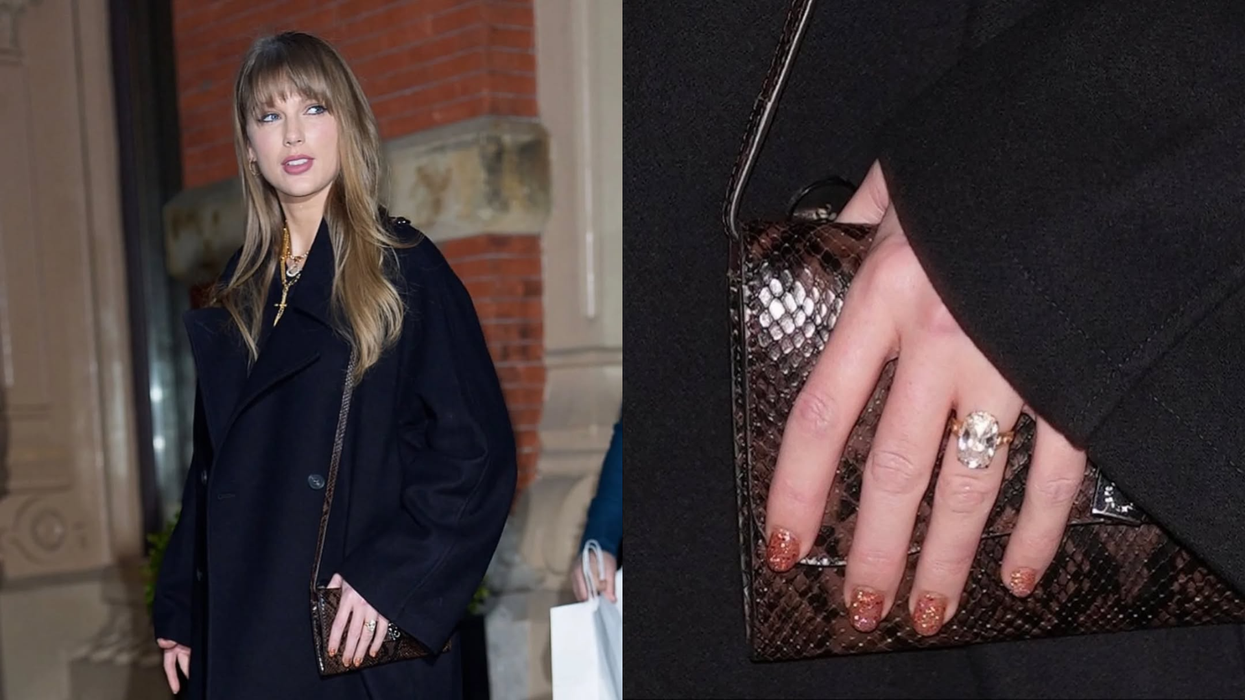
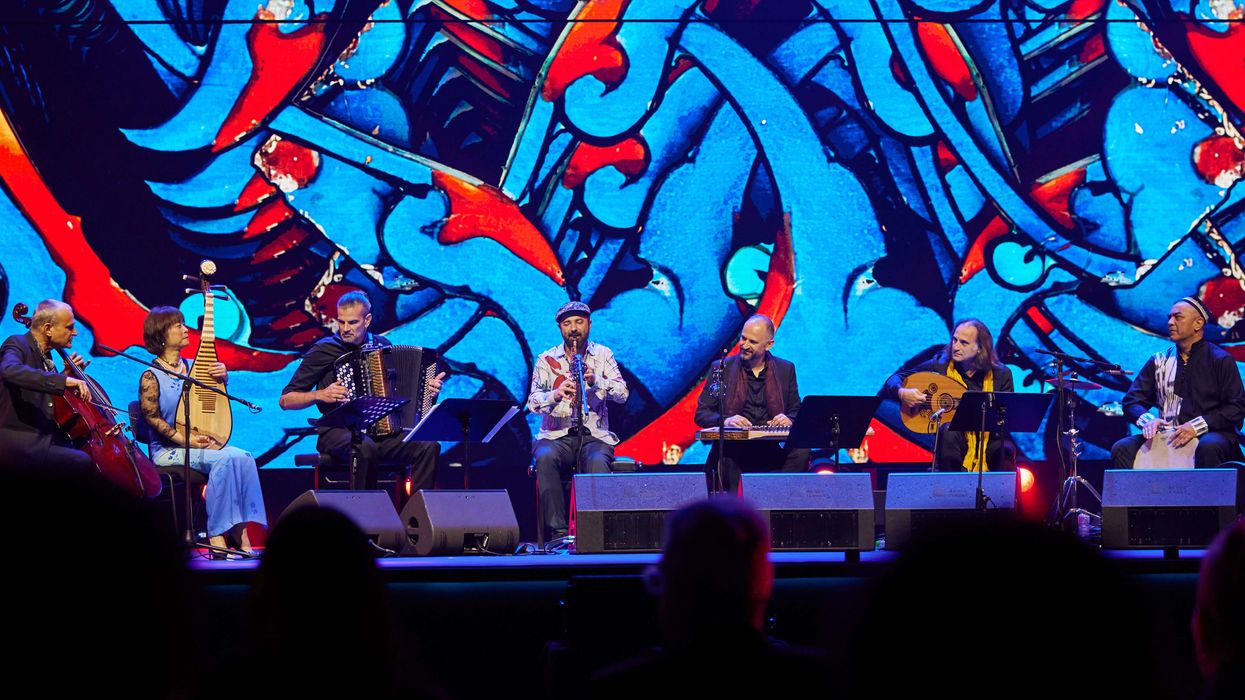
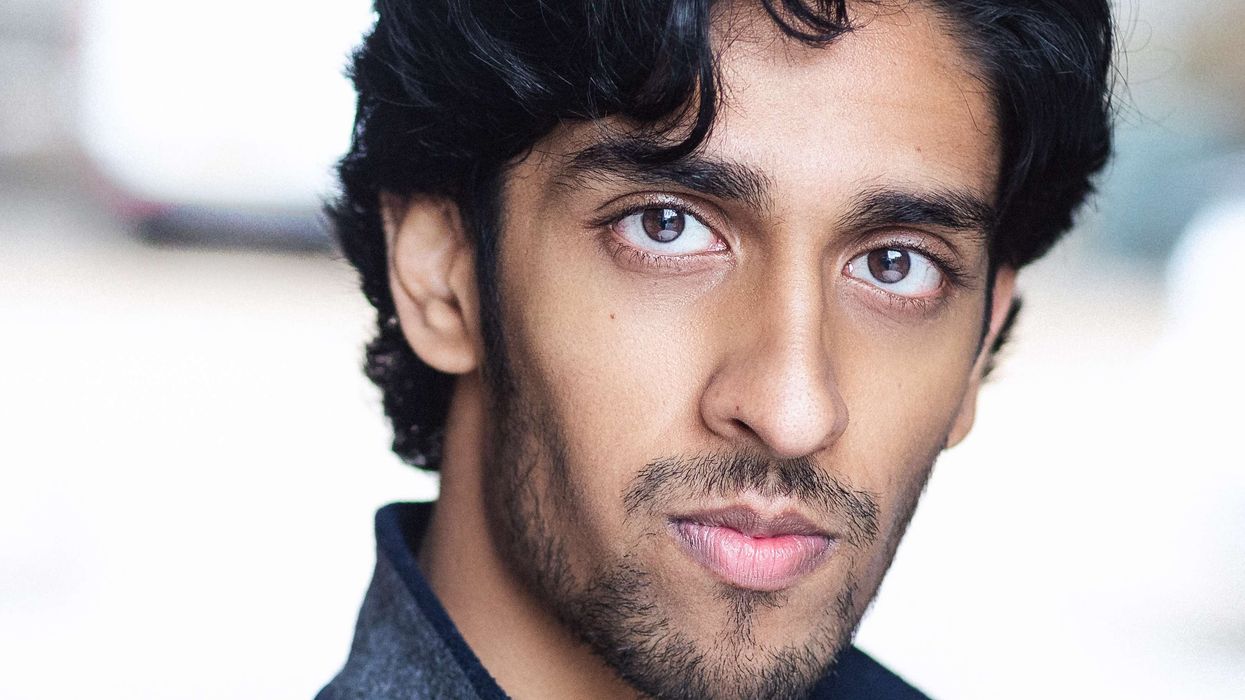

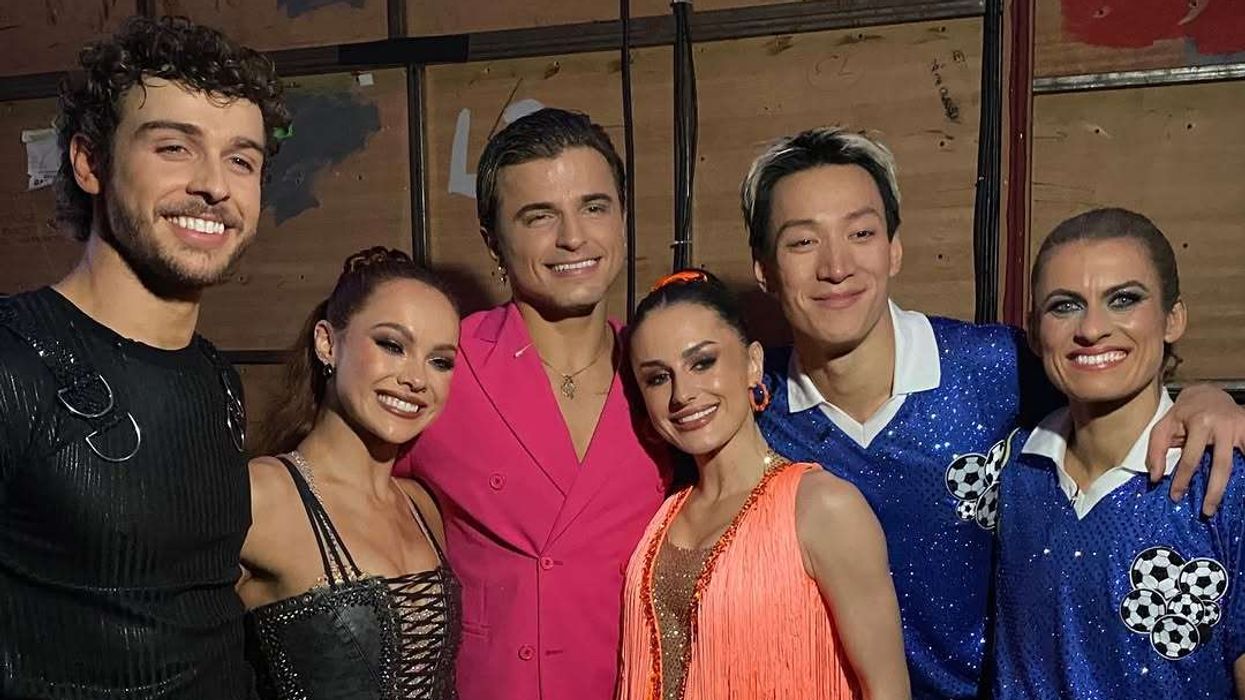
 Strictly Come Dancing ends on a tense live night with one contender pulling ahead late Instagram/kazcarney
Strictly Come Dancing ends on a tense live night with one contender pulling ahead late Instagram/kazcarney 





